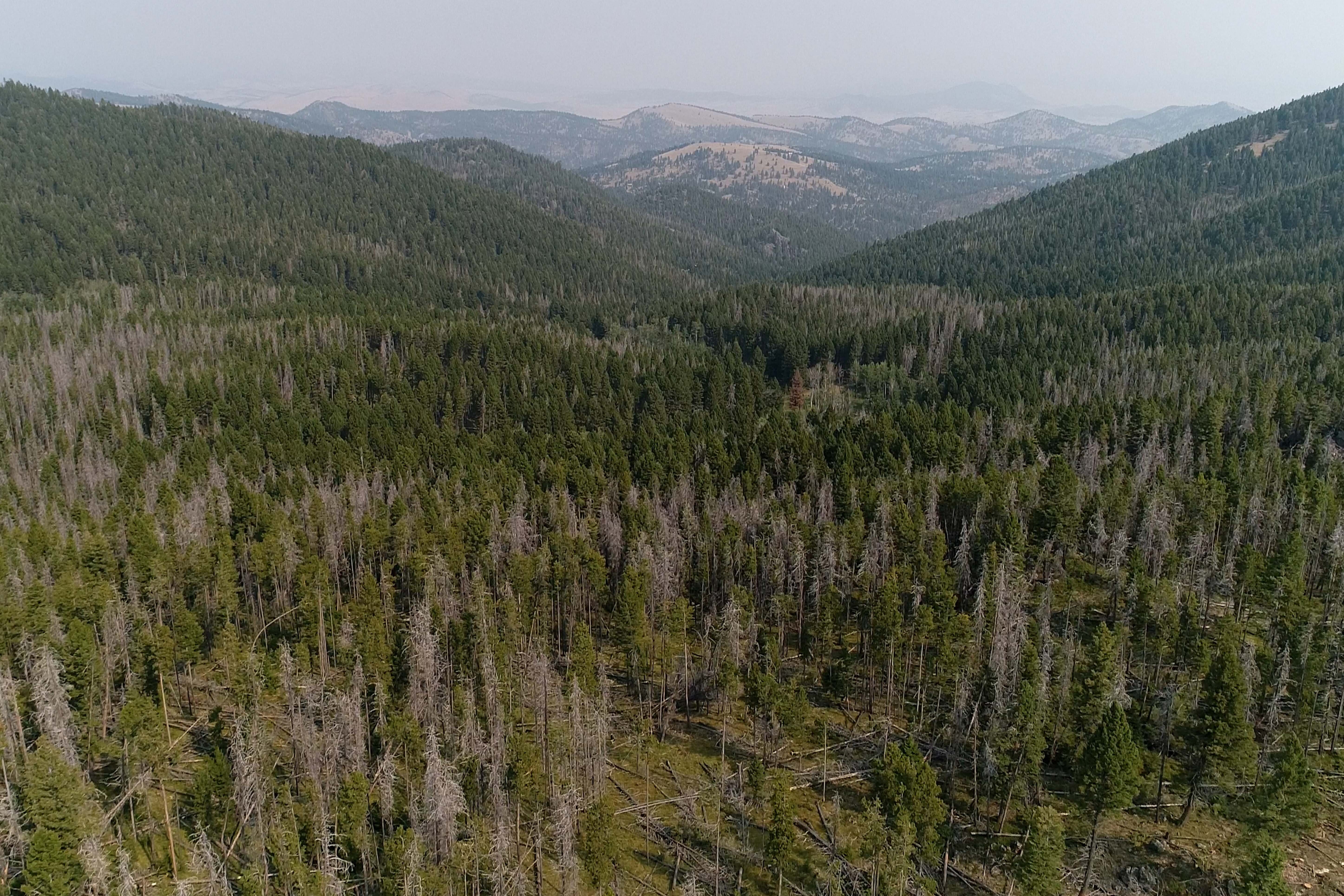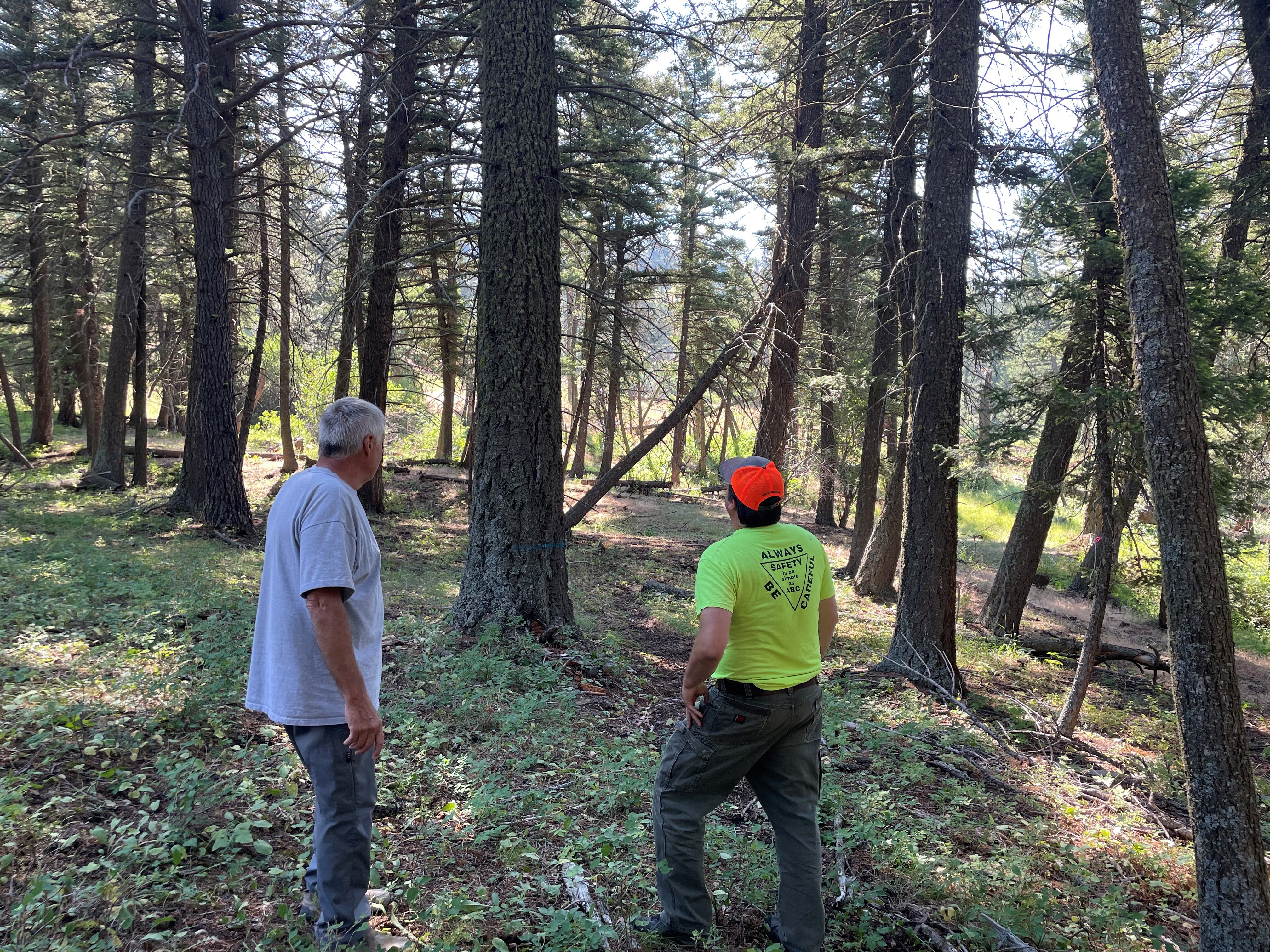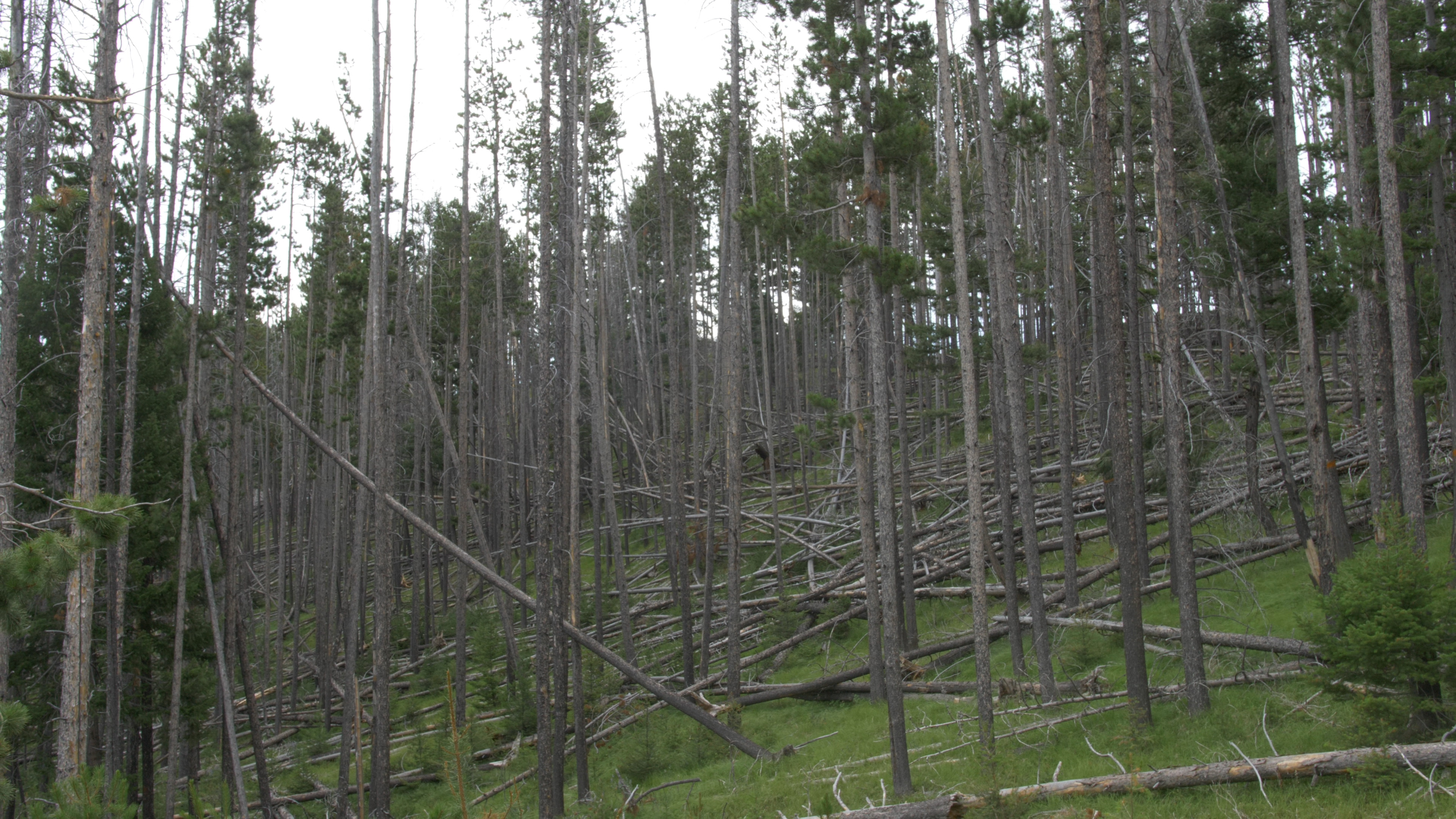
Active forest management is an excellent way to minimize the risk of catastrophic wildfires, protect air and water quality, and provide sustainable wood products. But did you know it can also help remove carbon from our atmosphere?
This process, called carbon sequestration, is a natural system of removing carbon dioxide from the atmosphere and storing it, reducing pollution. Carbon can be stored in everything from plants and trees to soil and bodies of water. Forests are one of our largest natural carbon sinks, as trees capture carbon that is only released back into the atmosphere if they burn or rot.
As a product of carbon-storing trees, harvested wood products also continue to store that carbon throughout their entire lifecycle. Because of this, the forest products industry can play a vital role in removing the harmful carbon released into the air. By enhancing our forests’ natural carbon sequestration abilities and providing wood products that continuously sequester carbon, the forest products industry is an excellent resource in our fight to keep carbon levels from rising.

How Much Carbon Can Forests Offset?
To optimize our forests’ carbon storage capabilities we first need to understand how much carbon they can typically offset. According to The U.S. Forest Carbon Accounting Framework:
“Annual net sequestration of carbon in managed U.S. forests offsets approximately 15 percent of the annual emissions of carbon that results from the combustion of fossil fuels [...] The amount of carbon stored in U.S. Forests represents more than 67 years of fossil fuel emissions in today’s rate of combustion.”
Clearly, forests and wood products play a vital role in preventing additional air pollution and offsetting pollution caused by fossil fuels.

How Forest Management Can Encourage Carbon Sequestration
Many factors affect a forest’s ability to sequester carbon – fires, insects, disease, and harvesting techniques among them. A healthy, well-managed forest has the potential to sequester more carbon than an overgrown, old-growth stand. In fact, the U.S. Forest Service cites that:
“Sustainable forestry practices can increase the ability of forests to sequester atmospheric carbon while enhancing other ecosystem services, such as improved soil and water quality. Planting new trees and improving forest health through thinning and prescribed burning are some of the ways to increase forest carbon storage in the long run.”
In addition, sustainable forestry practices can help prevent catastrophic wildfires, which in turn helps avoid the rapid release of carbon back into the atmosphere. According to NASA:
“September 2020 data from the Global Fire Emissions Database show that California wildfires in 2020 generated more than 91 million metric tons of carbon dioxide. That’s roughly 30 million metric tons more carbon dioxide emissions than the state emits annually from power production.”
Mechanical thinning and prescribed burns are excellent tools that can help minimize the risk of high-intensity fires and simultaneously promote continuous carbon sequestration. By being active in forest management, we can help prevent catastrophic wildfires and the carbon emissions that accompany them.

How Harvested Wood Products Contribute
Harvested wood products present us with yet another carbon storage method. According to the Synthesis of Research on Wood Products & Greenhouse Gas Impacts, 2nd Edition:
“Wood material is composed of about 50% carbon by dry weight, this carbon having been drawn from the CO2 removed from the atmosphere by the growing tree. In other words, wood products provide physical storage of carbon that was previously in the atmosphere as a greenhouse gas.”
In addition to the benefits of stored carbon, wood products require less energy to manufacture than alternative building materials. And much of that energy comes from renewable resources such as bark and residual fiber.
Conclusion
While it may seem counterintuitive to support forest management objectives when forests sequester so much carbon, the benefits of responsible forest management speak for themselves. By managing the forests, we can create healthy forests that store large amounts of carbon, avoid carbon emissions from rotting or burning stands, and continue to store carbon in wood products for their entire lifecycle.
